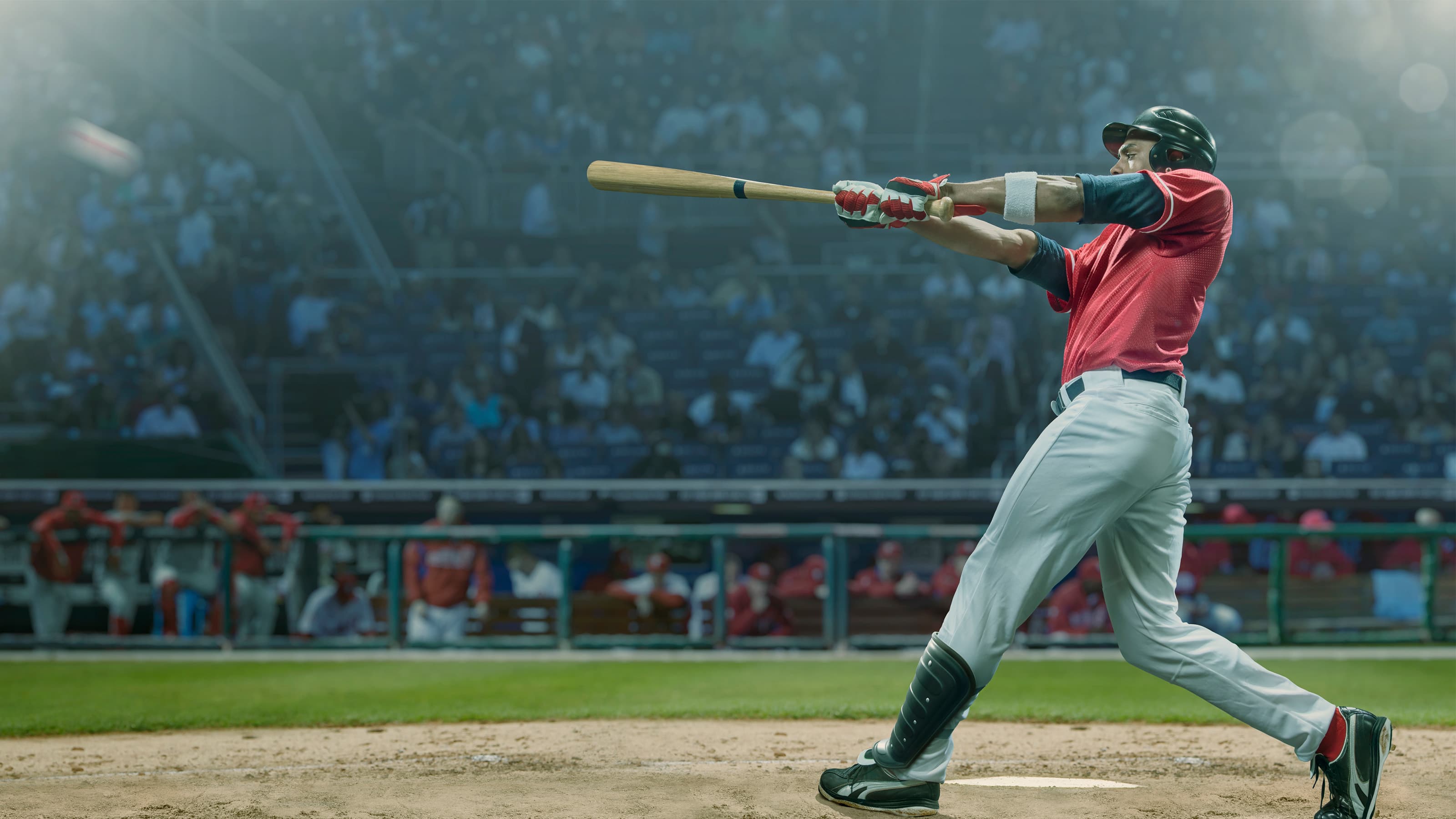A Conversation About Disability Pride with SJU’s New Deaf and Hard of Hearing Program Director
SJU News caught up with Julie Tibbitt, Ph.D., to learn more about the obstacles she’s had to overcome during the pandemic as a deaf individual herself, her goals as the new program director, and what disability pride means to her.
 Julie Tibbitt, Ph.D., Saint Joseph’s University’s new director of the deaf and hard of hearing program.
Julie Tibbitt, Ph.D., Saint Joseph’s University’s new director of the deaf and hard of hearing program.
Disability Pride Month is an annual observance that celebrates and honors each person’s unique identity while confronting ableism and the stigma around disability. The celebration was founded in 1990, following the introduction of the Americans with Disabilities Act, which prohibits discrimination against individuals with disabilities.
We sat down with Saint Joseph’s new Director of the Deaf and Hard of Hearing program, Julie Tibbitt, Ph.D., to learn more about what Disability Pride Month means to her, the obstacles she’s had to overcome during the pandemic as a deaf individual herself and her goals as the new program director.
According to the CDC, one in four Americans in the United States lives with a disability, and fewer than one in 20 are deaf or hard of hearing. But those individuals are more than just a statistic.
“No two deaf people are alike,” says Tibbitt, who was previously principal of the American School for the Deaf. “You will always see a difference in how these individuals prefer to communicate, how they prefer to receive information, how they view themselves, and how they want to be viewed by others.”
Her tip for those wanting to be better allies to the disability community is simple: “Just show up, be around those individuals. Take the time to say hi, chat with them, get to know them, and this will remove stigmas.”
Below is an abbreviated transcript of our conversation, as interpreted by American sign language interpreter Tisha Riley from Interpreters Now.
WHAT DOES DISABILITY PRIDE MONTH MEAN TO YOU?
So this month — what it means to me as a person with a disability — for most part, it's a typical month for me. I don't always identify myself as a person with a disability; however, you are right that the ADA was a significant milestone that happened over 31 years ago, and the impact on my life has been significant.
For example, visiting Philadelphia several weeks ago, I was able to go into the museums – and prior to that I wouldn't have been able to go in as a child because there was no access for me. There wasn't anything captured on the television screens or on the guided tours, that sort of thing. So that's one example of where the ADA has made an impact.
In graduate school, I was able to get my certificate [in school administration] because I had access to all of my classes. And that's been fantastic for the disability community. And so, I think it's important for us to recognize this month every year.
WHAT OBSTACLES DID YOU HAVE TO OVERCOME DURING THE PANDEMIC AS SOMEONE WHO COMMUNICATES THROUGH AMERICAN SIGN LANGUAGE?
The first obvious one is everyone wearing masks (I don't have to go into detail about how that became a rather new challenge). I'm a visual person, I like to see people's faces. Even if they aren't speaking to me, I like to read other people's faces and read the room, and masks made that a little bit more challenging. So, I found myself asking other people around me for assistance.
I consider myself a fiercely independent person, but occasionally I'd have to [ask for assistance]. People are often very understanding, because ... we're all in this together.
Another interesting thing that arose for me personally as a deaf individual: Prior to starting this position, I was a principal of a school and I ran a lot of IEP meetings, so I would have to invite different participants into one room for the meeting. Now, pre-pandemic, everyone would be in the same room, we'd be physically sitting near each other, and it'd be very easy for me to influence the dynamics of everyone sitting around the room [like] maintaining eye contact. That helped me communicate efficiently. It helped everyone communicate efficiently.
Now, doing this virtually through Zoom has been a much different experience. You're using the video conferencing platform, and it's really so audio centric. People rely on being able to hear each other rather than really staring at the screen. And so, I found myself looking for those visual cues. So, when people are taking turns in conversation, they're just listening to each other and they know who's speaking — they know that people are taking turns.
Zoom has been a much different experience. You're using the video conferencing platform, and it's really so audio centric. People rely on being able to hear each other rather than really staring at the screen. ... It was a learning curve.
Julie Tibbitt, Ph.D.
Director of the Deaf and Hard of Hearing ProgramSo that was a little bit of a different adjustment during the pandemic because everything immediately went virtually to Zoom. … It was a learning curve, you just had to learn to make changes on the go.
WHAT BARRIERS STILL EXIST FOR THOSE WHO ARE DEAF OR HARD OF HEARING? DO YOU THINK WE’VE COME A LONG WAY SINCE 1990, OR IS THERE STILL ROOM FOR IMPROVEMENT?
There are so many things we could talk about. For example, we all love watching TV shows, movies, binging Netflix or even just regular television shows. And, for myself, closed captions are censored. That's interesting, right? Because you hear everything that they're saying in the TV show or in the movie but when I'm watching the captions, often they'll say a word that maybe you don't want to see show up in the print, so they will censor that word and put a different word in its place, or they will put in parentheses, ‘bleep word.’ And for me, I'm like, wait, that’s not an equal experience to the hearing audience!
Another interesting experience is that a lot of buildings obviously want to put protections in place, so they have intercom systems. When you reach the front door, there's no way for me as a deaf person to communicate with anybody through the intercom. I can't let the secretary or the person managing the front desk or lobby know who I am. Even when I'm visiting my own child at their school, they have that in place. There are some workarounds, but those things, those barriers, are still around us.
And a drive-thru? Forget it! Now during the pandemic, they’ve introduced curbside [pickup], which was really neat.
Something that is perhaps still ongoing is the design to give access primarily focused on audio. There's still such heavy emphasis on that and it's an ongoing issue for myself and the deaf community in general.
WHAT SUGGESTIONS DO YOU HAVE FOR SOMEONE WHO WANTS TO BE A BETTER ALLY TO THE DISABILITY COMMUNITY?
I think the biggest thing that you can do is actually rather simple. Just show up, be around those individuals. Take the time to say hi, chat with them, get to know them, and this will remove stigmas.
Part of our greatest fear is what we don’t know. Often, we feel uncomfortable, awkward, a little odd. Those fears immediately dissipate once you start engaging a person with a disability.
For example, I occasionally will show up [to a restaurant] with a group of hearing individuals and the servers often do not want to make eye contact with me. They won’t give me a menu, or they’ll give my children the check instead of me.
I do understand, of course, if they don't have a lot of experience engaging with a deaf person, or using some sort of gestural communication. But I think this is a good example of, you know, just a little bit can go a long way. Just make eye contact with the person or the group of people at the table you're talking to. Eye contact with a deaf person means a lot.
Part of our greatest fear is what we don’t know. Often, we feel uncomfortable, awkward, a little odd. Those fears immediately dissipate once you start engaging a person with a disability.
Julie Tibbitt, Ph.D.
Director of the Deaf and Hard of Hearing ProgramAnd if you have no idea how to communicate, paper and pen work just fine. Really, this would be my best advice.
WHAT ARE YOUR GOALS AS THE NEW PROGRAM DIRECTOR FOR THE DEAF AND HARD OF HEARING EDUCATION PROGRAM?
My top goal is to make all students excited about this field. I want everyone to leave with the sense of excitement that they can go into their careers and make a difference for other students.
For SJU’s Deaf and Hard of Hearing program, I want to put us on the map. I think Saint Joseph's is pretty awesome because there are a lot of people [in the Department of Special Education] who are extremely dedicated and care a lot about this field. That's one of the big reasons why SJU offers such an amazing program.
WHAT IS ONE THING EVERYONE SHOULD KNOW ABOUT THOSE WHO ARE DEAF OR HARD OF HEARING?
So, I say this to all of my students: No two deaf individuals are alike, no matter their audiological level, their hearing level, if they come from the same family, or the same schools, maybe they have the same education experience, perhaps they're even from the same community.
You will always see a difference in how these individuals prefer to communicate, how they prefer to receive information, how they view themselves, and how they want to be viewed by others.
No two deaf people are alike in that way.



